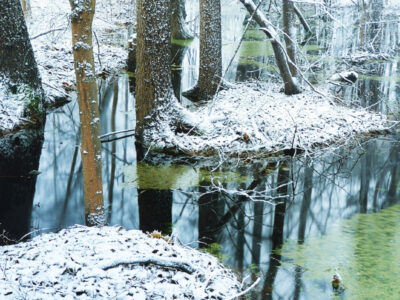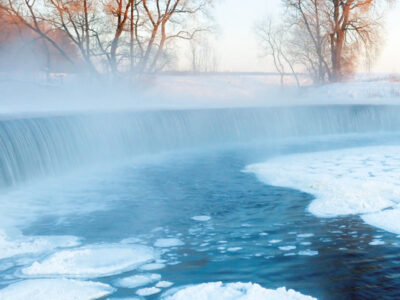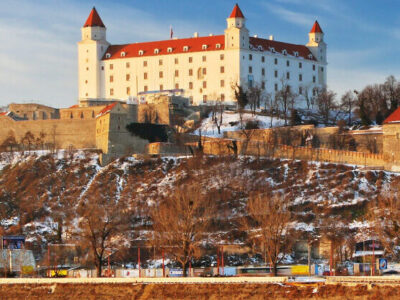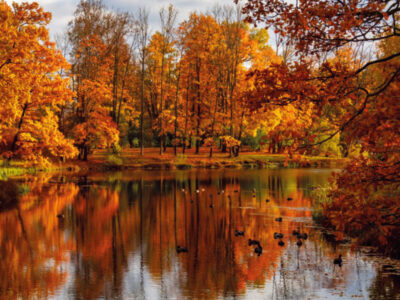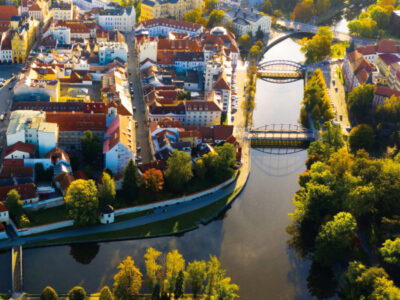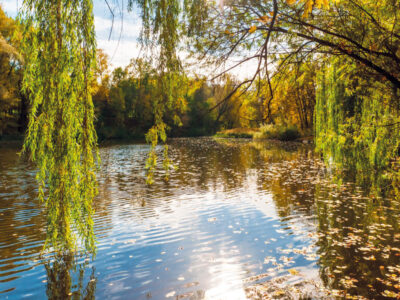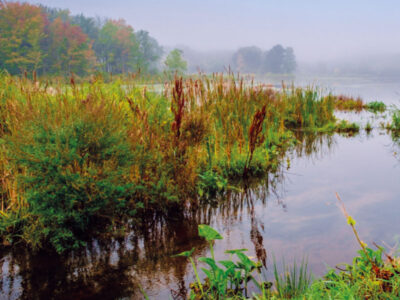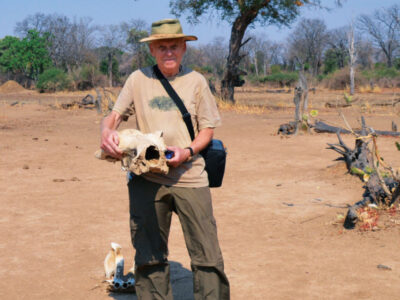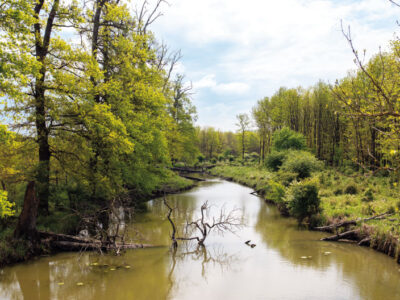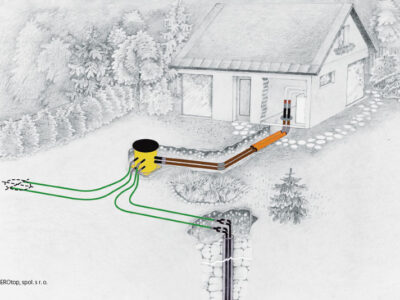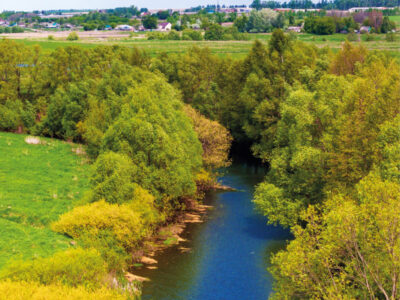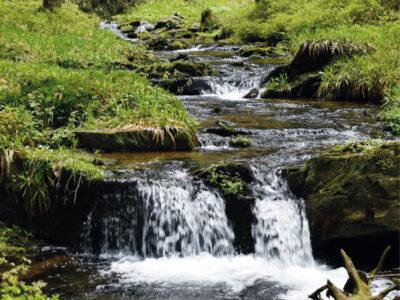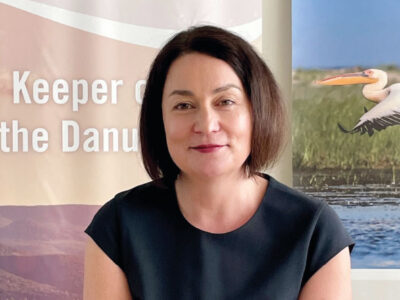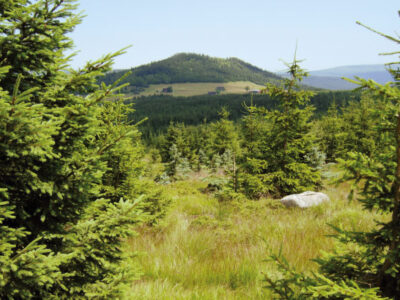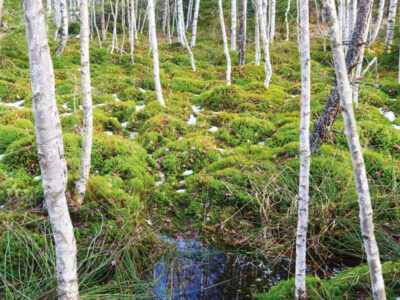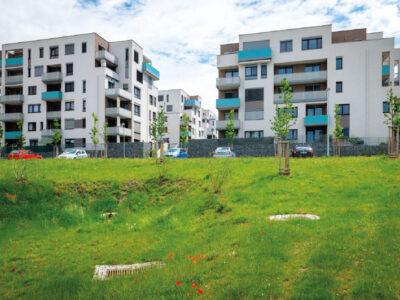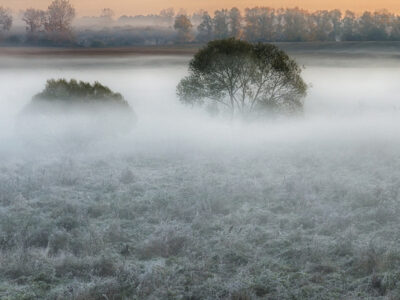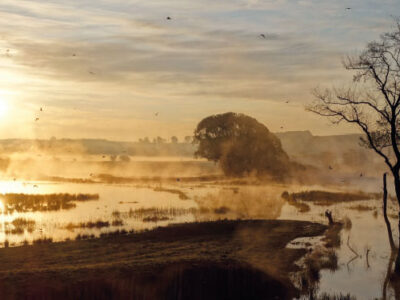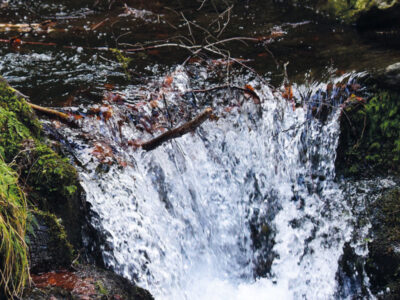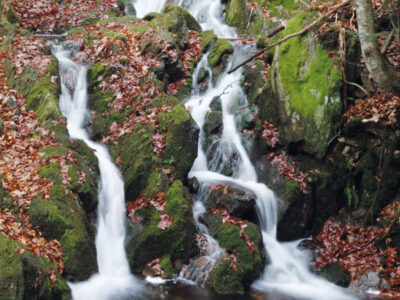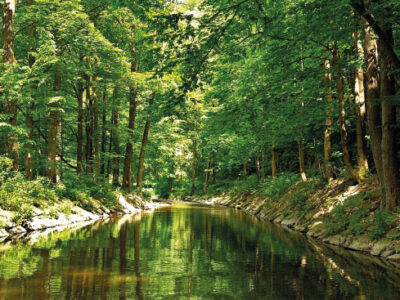One of the biggest international activities in water protection is the multilateral cooperation in protecting the Danube. It originally started in the 1980s in the form of the Declaration signed in Bucharest in 1985, which concerned the Danube River itself. In 1992, at the initiative of the European Communities, the internationally supported Danube Environment Programme was launched, covering the entire Danube basin including its tributaries. In parallel, work was underway to prepare a Convention on Cooperation for the Protection and Sustainable Use of the Danube. The Convention was submitted for signature in Sofia on 29th June
1994 and entered into force on 22nd October 1998. The Contracting Parties to the Convention are Bosnia and Herzegovina, Bulgaria, Croatia, the Czech Republic, Germany, Hungary, Moldova, Slovakia, Slovenia, Serbia, Montenegro, Romania, Ukraine, and the European Union. In August 2022, for the first time, a woman became the Executive Secretary of the International Commission for the Protection of the Danube River (ICPDR) – Prof. Dr.-Ing. Birgit Vogel.

